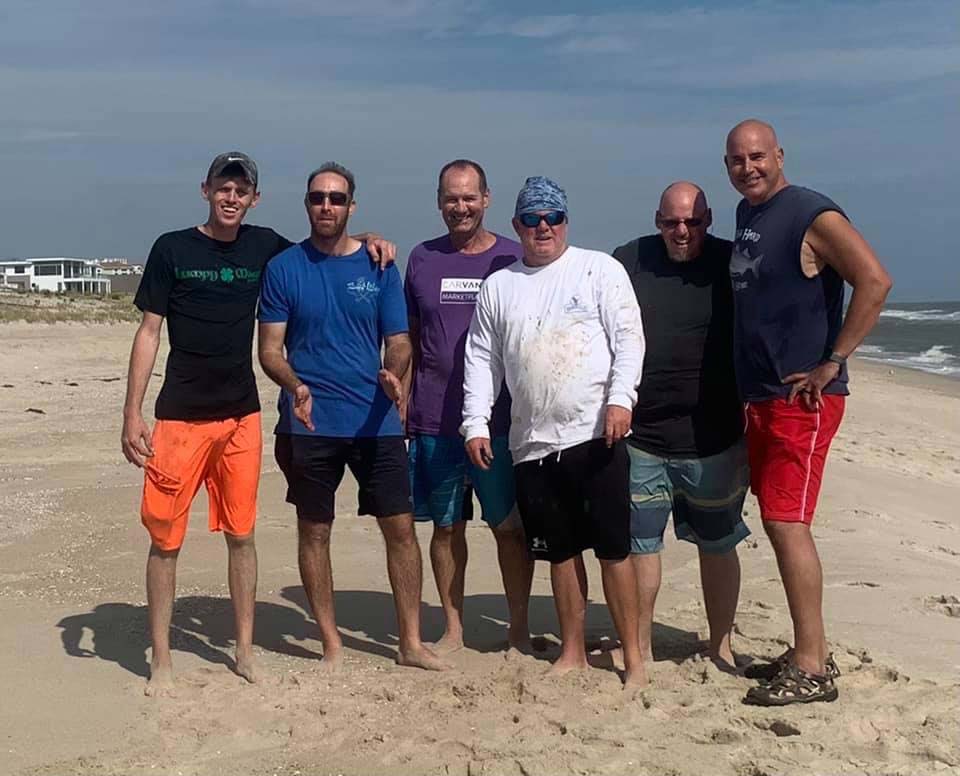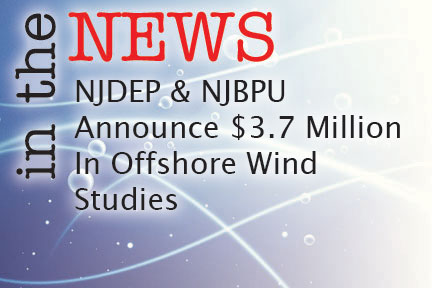
According to the American Sportfishing Association (ASA), the much-debated Infrastructure Investment and Jobs Act signed into law by President Joe Biden includes $550 billion in infrastructure funding that supports some of ASA’s top legislative priorities that address conservation and sportfishing.
“After many months of intense negotiations, the sportfishing industry is pleased that Congress has advanced many of our top priorities as part of the Infrastructure Investment and Jobs Act,” said ASA vice president of Government Affairs Mike Leonard.
The Infrastructure Investment and Jobs Act includes provisions that directly benefit ASA’s membership including reauthorization of the Sport Fish Restoration and Boating Trust Fund. Funded in part by the federal excise tax on fishing equipment, the trust fund is the backbone of state-based aquatic resource conservation, benefitting all U.S. states and territories.
The bill also authorizes $1 billion for the National Culvert Removal, Replacement and Restoration Program, a landmark program that will address challenges with hundreds of culverts around the country that block upstream migrations of anadromous fish such as salmon, steelhead and sturgeon.
Other ASA-supported provisions in the Infrastructure Investment and Jobs Act include:
- The REPLANT Act which will help the U.S. Forest Service plant 1.2 billion trees on national forest lands and create nearly 49,000 jobs over the next decade;
- $11.3 billion for the Abandoned Mine Land Reclamation Program, which restores mine lands no longer in use that are potential sources of hazardous materials that can leak into lakes, rivers and streams;
- $250 million for the Forest Service’s Legacy Road and Trail program, which funds activities to restore fish passage in streams at road and trail crossings; and
- Funding for numerous ecosystem programs, including:
– $1 billion for the Great Lakes Restoration Initiative
– $238 million for the Chesapeake Bay Program
– $16 million for the South Florida Program
– $79 million for the Columbia River Basin Program
– $172 million for the Pacific Coastal Salmon Recovery Fund
“These investments in fisheries conservation and access reflect the growing recognition among policymakers that outdoor recreation in general, and recreational fishing specifically, is a major economic driver,” added Leonard.




